Nature is amazing! When left to manage itself, natural processes begin to function more effectively. Such processes include natural grazing, the role of predators and scavengers, natural flooding and ecological connectivity between landscapes.
Natural processes

When nature is working properly it provides us with an abundance of goods and services that sometimes we take for granted – these include clean air, fresh water, carbon storage and flood prevention. It gives us everything from fuel and food to medicine and building materials.
Working properly means that nature is free to work undisturbed in all its breathtaking and beautiful complexity. In such an environment, natural processes are driven by the Earth’s systems and by species doing what they have evolved to do over millennia. For example, predation by wolves helps to control large populations of herbivores. This controlled number impacts on the quality of natural grazing and the health of rivers and help thousands of species to thrive in our grasslands.
While we may conduct research and analysis, we can never fully understand the vast, intricate workings of nature. We can observe though. And we can understand that nature is the best manager of natural processes.
Functional landscape

Natural processes play a vital role in shaping landscapes and ecosystems. Such natural processes include flooding, weather conditions, natural calamities, natural grazing, predation and scavenging. All these processes are strongly interrelated; the more they are balanced in a certain environment, the more the environment itself is resilient and well-functioning towards the changes.
We are creating space for natural processes such as forest regeneration, free flowing rivers, herbivory and carnivory to impact ecosystems and thereby diversify environments. Across Europe, the interaction of these processes leads to constantly evolving landscapes rather than fixed habitats. A forest today can be a grassland in a few years, and vice versa. Understanding this dynamic – the ever-changing habitats in space and time – is the key to preserving Europe’s rich biodiversity.
Enhancing biodiversity

Italy is the country with the highest rate of biodiversity in Europe. In the Central Apennines, in particular, the geomorphological and climatic features have determined the evolution of a wide variety of environments and species (many endemic). Rewilding the Central Apennines means to limit the anthropogenic threats to this abundant biodiversity.
Our effort is focused on the enhancement of human-wildlife coexistence and the work on the conservation of species and their habitats. The Apennine chamois, the Marsican brown bear, the griffon vulture, the Italian wolf, the European otter, the white-clawed crayfish are some of the key species whose comeback and spread would enhance the restoration of trophic chains and boost natural processes.
Environmental restoration
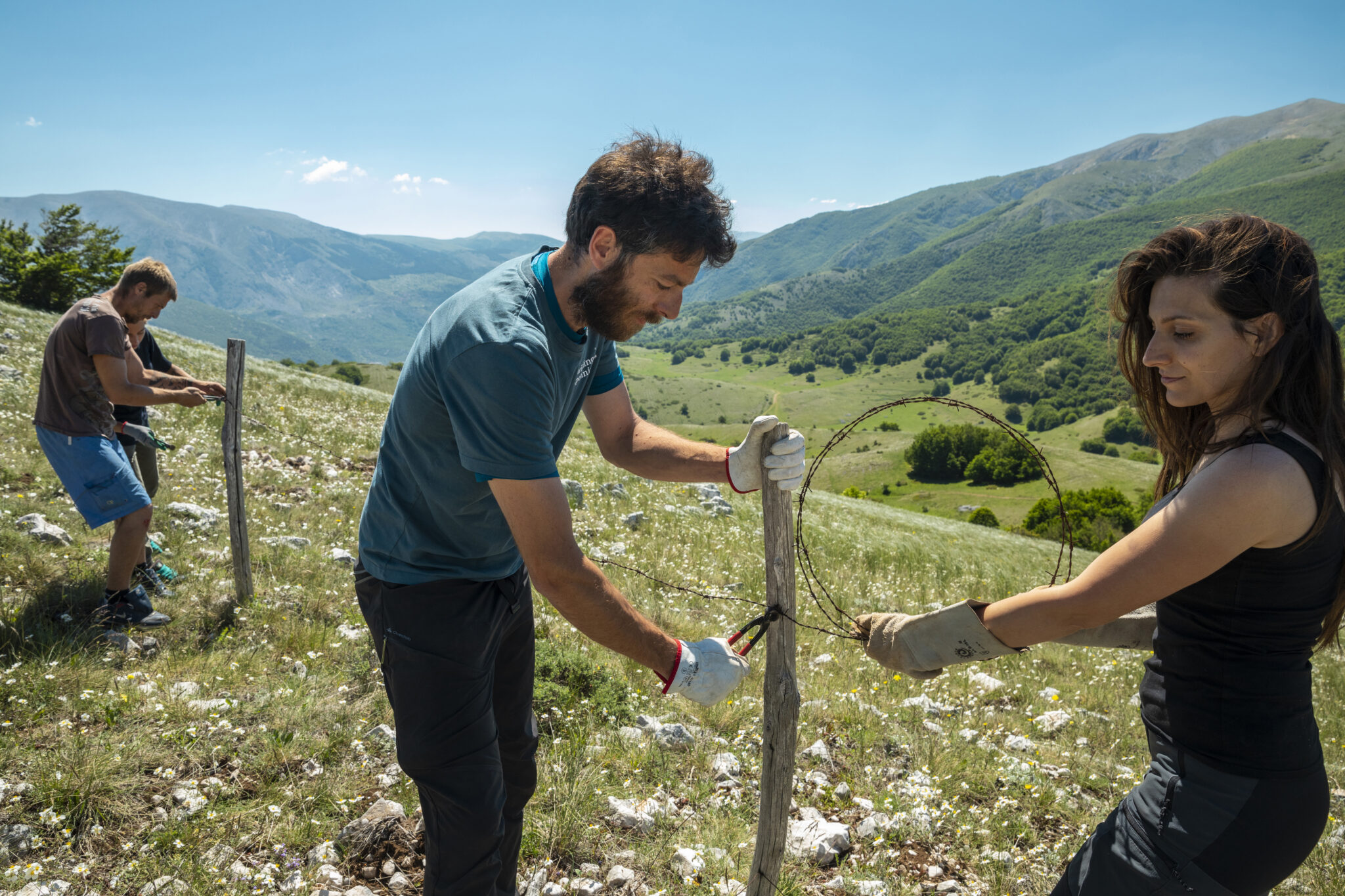
The human impact on natural ecosystems can be mitigated in order to restore the full functionality. Our commitment to environmental restoration in Central Apennines is concentrated on the removal of barbed wire abandoned in the mountain’s decades ago and the cleaning of illegal dumps, which is an ongoing modern issue. From the 1950s to 1990s the Forestry Corps made a concerted effort to reforest at millions of hectares of dangerously cleared mountains, after centuries of overuse. To protect millions of newly planted young trees they covered the mountains with hundreds of thousands of kilometres of barbed wire. After the trees had grown and the woodlands regenerated this wire was left in place.
Today this wire is ugly and dangerous for wildlife and humans. This is why we are motivated to removed it, step by step, in a long ongoing process that involves volunteers and local communities. Fighting against the scarce environmental sensitivity of people and their distort perception of the common goods is a real cultural challenge, but it is worth pursuing. In this sense, we contribute to the clean-up of illegal dumps in the woodlands, and along trails, rivers and some roads. We believe that this is the best way to raise awareness and educate people to respect nature.
The umbrella species
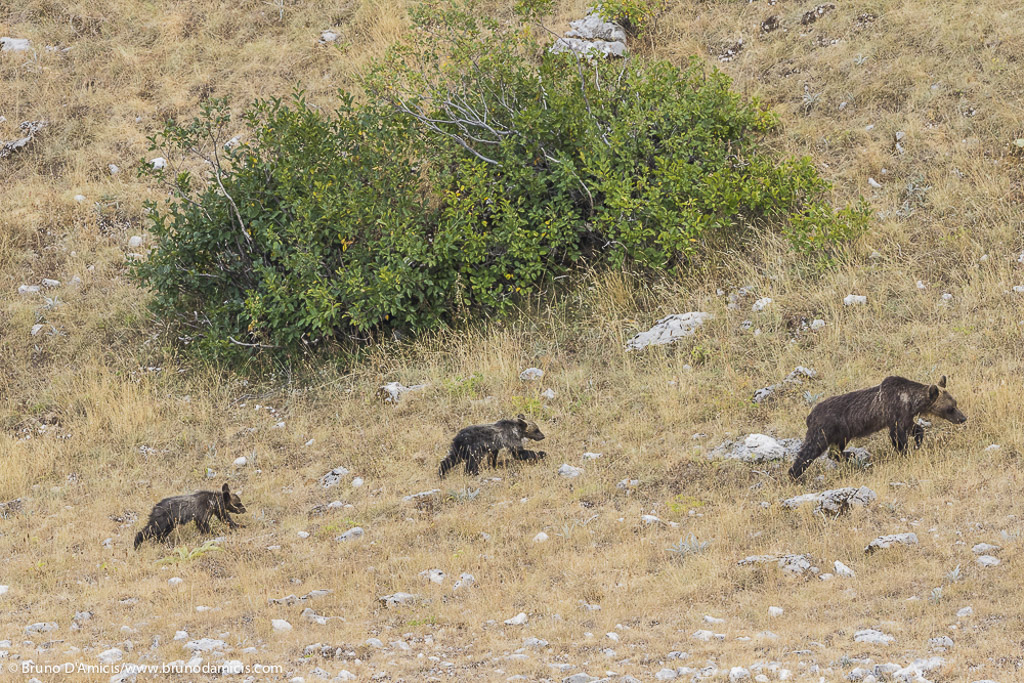
The Marsican brown bear (Ursus arctos marsicanus) is a unique subspecies of brown bear that can only be found in a restricted area of the Central Apennines, with around 60 individuals left. It is therefore classified as “critically endangered” by the International Union for Conservation of Nature (IUCN). For these reasons it is protected by Italian and European legislation.
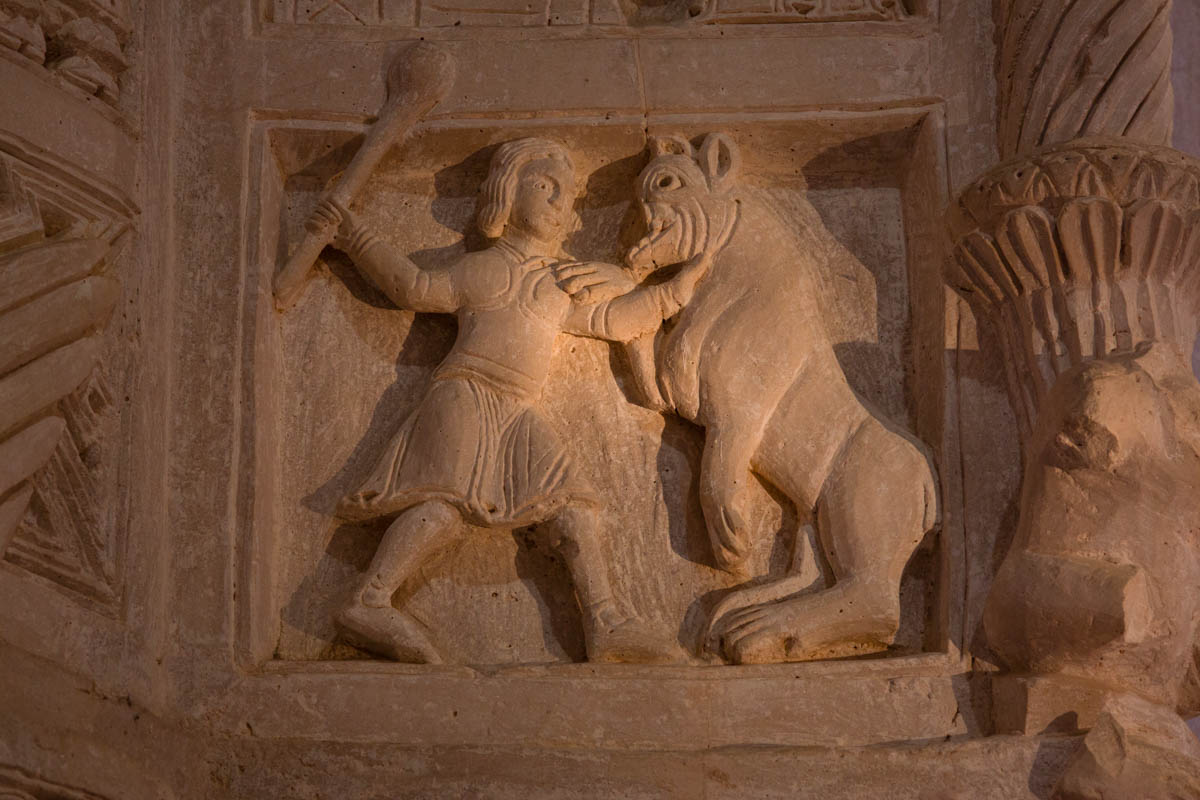
Before becoming a protected species, it was the object of ruthless hunting which has led to its near extinction. The primary factors threatening Marsican bears are human-induced mortality, habitat loss, infectious diseases transmitted by domestic animals, deaths on roads and railways, and of course the reduced population size which can cause inbreeding depression, leading to lower fertility and higher vulnerability to disease.
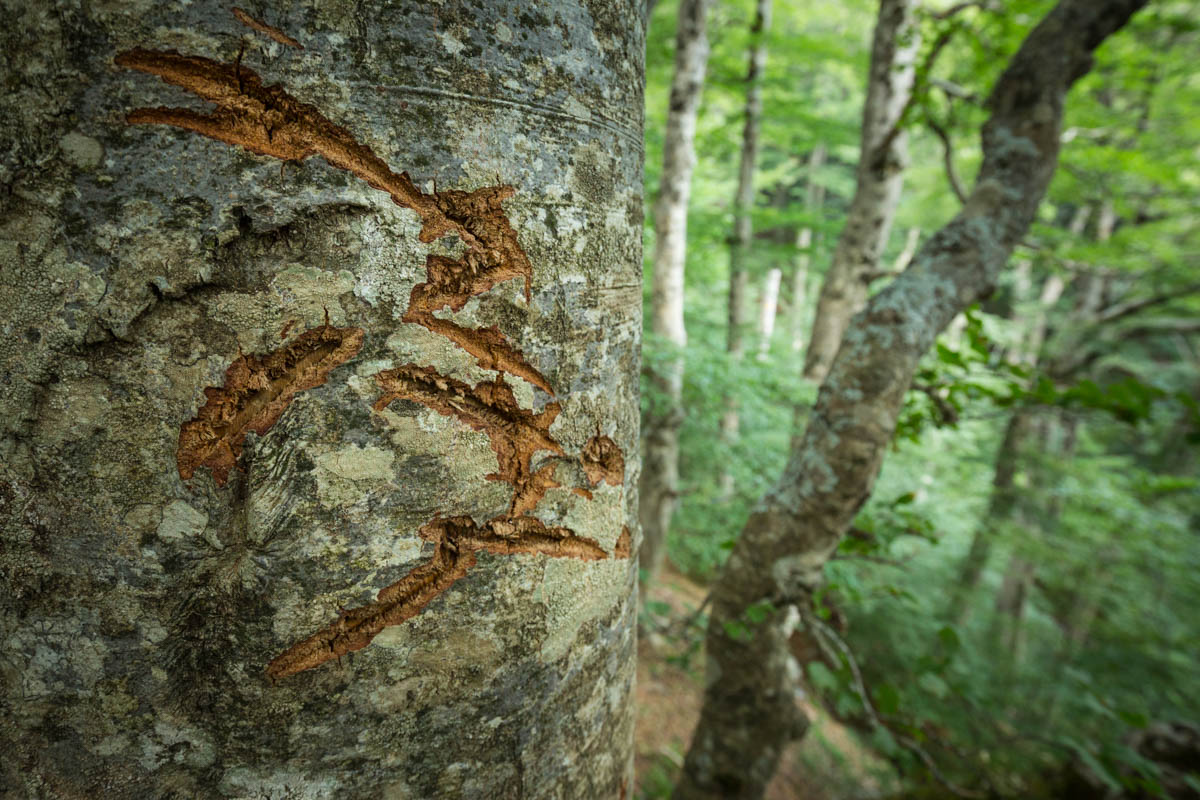
The brown bear has featured in human culture since immemorial time, through rituals, myths, legend and folk tales. Some consider bears dangerous, others a very special animal! Seeing the bear is the dream of many! It is a symbol of courage, strength and even affection. The bear is a fascinating and mysterious animal, the incarnation of wilderness. For some, however, the sight of them in inhabited areas or the loss and damage of crops or livestock is not a pleasure. Therefore, we should neither sanctify it, nor demonise it, but we should understand that co-habitation with bears is possible by following few simple rules.
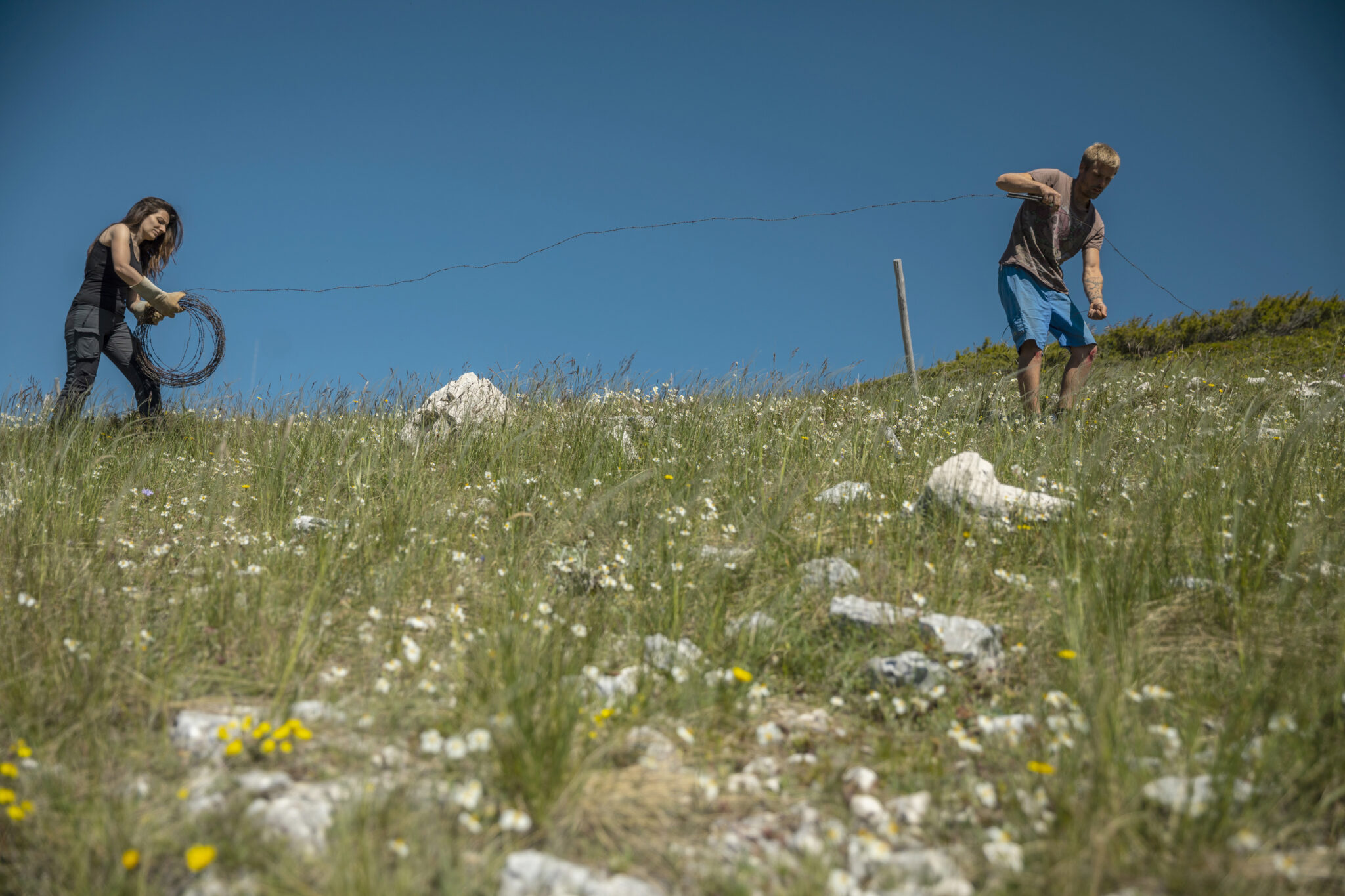
Our efforts to protect the Marsican brown bear is to reduce the anthropogenic threats for the species, mostly in the ecological corridors amongst the protected areas, to improve its habitat quality and connectivity, to mitigate the human-bear conflict through measures of damage prevention and to engage local communities, sometimes by involving them directly in conservation action.
Our main achievements
- The rewilding strategy focuses on connecting existing protected areas (Abruzzo, Lazio e Molise National Park north to Sirente Velino Regional Park, east to Majella National Park and west to Monti Simbruini Regional Park) through so-called “coexistence corridors”, with the Marsican brown bear as the flagship species.
- Over the last four years the number of Marsican brown bear cubs born has been very encouraging: in 2016 12 bear cubs were born, in 2017 10, in 2018 they were 11 and in 2019 there was the highest numbers of Marsican brown bear cubs counted in the Abruzzo, Lazio and Molise National Park and in its buffer zone: 20! In previous years the number of new cubs has been far lower. Moreover, in 2020 one female gave birth to four cubs – an exceptional occurrence.
- These corridors are geographically defined areas where the focus has been on mitigating human-bear conflict and developing local nature-based businesses that can also benefit wildlife.
- Corridors are monitored using camera traps and wildlife observations made by field officers and volunteers.
- In 2020, the monitoring of the Ernici Mountains began, in agreement with Cooperative Ent Monti Ernici and Zompo Lo Schioppo Nature Reserve. 15 camera traps were deployed. The results of this monitoring will help to raise awareness of the rich biodiversity of the Ernici area and support the development of the Valle Roveto Bear Smart Community.
- Thanks to a profitable collaboration with Sensing Clues, in 2020 a total of 2255 wildlife observations were made. The team and SLO volunteers recorded 226 bear observations, 90 bird of prey observations, 91 wolf observations, 276 deer observations (both roe and red deer) and 95 instances of roadkill.
- In 2020 the RA team and SLO volunteers helped the Monte Genzana Nature Reserve to collect 15 hair samples of bears for genetic analysis.
- In 2020, rewilding habitats were enhanced through various safety measures, clean-up initiatives and barbed wire removal, and by improving food sources for bears:
-
-
- 4 water wells were made safe
- Nearly 14 km of barbed wire were removed
- 60 fruit trees were pruned to enhance food resources for bears, thanks to the involvement of at least 25 volunteers.
-
-
- In 2021, 65 bear damage preventative devices were installed: 55 electric fences and 10 bear-proof metal doors. As a result no damages were reported in the Bear Smart Community Genzana and in the Bear Smart Community Alto Molise.
- Corridors are monitored using camera traps and wildlife observations are made by field officers and volunteers. In 2021, field activities were carried out with the help and skills of 62 volunteers from 12 countries.
- In 2021, systematic wildcat monitoring took place with the help of Carabinieri Forestali and Monte Genzana Alto Gizio Nature Reserve and assisted by volunteers. The results were very encouraging: 37 European wildcat sightings in 9 sites within the wildcat monitoring area and more than 50 sightings in 16 sites outside wildcat monitoring area.
- Thanks to the team and volunteers 2,047 wildlife related observations were recorded using field data collection apps and 5,676 animals appeared on camera trap footage.
- In 2021, rewilding habitats were enhanced through various safety measures, clean-up initiatives and barbed wire removal:
- 6 dangerous water points were made safe
- more than 24 km of barbed wire were removed
- In relation to the griffon vulture in 2021, Rewilding Apennines together with our partners Carabinieri Forestali, investigated 380 roosting sites and carcass locations and equipped 33 individuals with GPS transmitters.